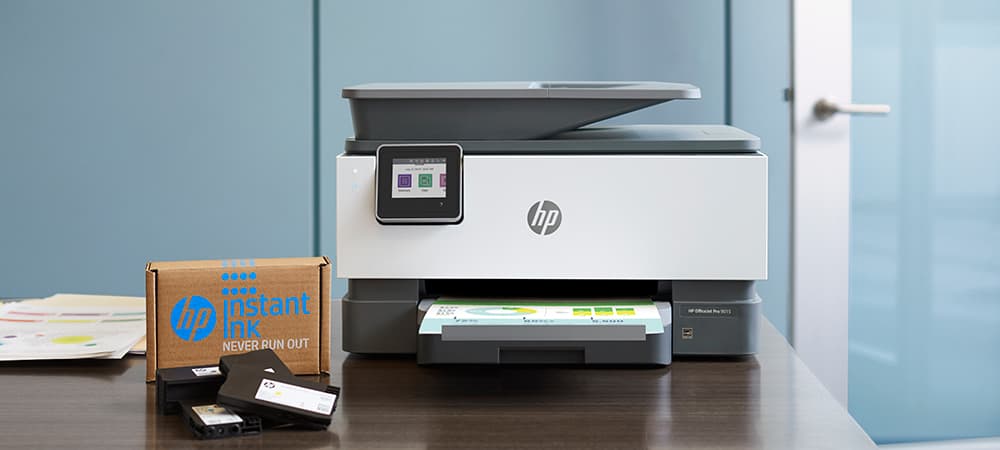With businesses moving workloads to containers, ensuring containers are protected is now vital. Using Kubernetes security prevents container applications and their clusters from being harmed by cyber attacks, the loss of information, and wrong setups.
Since Kubernetes deals with a lot of active parts—like containers, nodes, networks, and storage—it comes with both flexibility and risks. A lack of security allows attackers to reach sensitive information and, in some cases, control the whole system.
What Makes Kubernetes Security Complex?
Kubernetes is made up of various essential components and is more than just one tool. These include:
- An API server is in charge of arranging communication among different components in the cluster
- In pods and containers, you run your different applications
- etcd, which stores configuration data
- Every node has the Kubelet agent installed and operating
Every part of a machine can be attacked if it is not defended properly. Often, the main issues are exposed secrets, old pictures, or an unreasonable number of user permissions.
Key Areas to Secure
Security measures need to be planned at every stage, from developing the software to after it is installed. Here’s how to stay protected:
1. Secure Your Containers
- Use trusted, lightweight base images
- Make sure you check for widely known vulnerabilities prior to broadcasting your network
- Avoid unnecessary software inside images
2. Control Access with RBAC
- Allow administrators to specify roles and what actions they can perform.
- Give users the least amount of authority needed to carry out their tasks.
- Review access permissions often.
3. Manage Secrets Safely
- Store secrets like passwords, API keys, and the like inside Kubernetes Secrets
- Set up share control so that they can be read but not modified whenever possible.
- Try using tools or apps that help you keep your data encrypted and secure online.
4. Enforce Network Rules
- Block unnecessary traffic between pods
- Use network policies to help stop such attacks
- Keep an eye out for traffic patterns that are not typical
5. Enable Audit Logs
- Keep a log of every time you notice clusters.
- Logs allow for the detection and analysis of strange actions taking place.
Why Kubernetes Security Matters
Kubernetes’ environments change fast. Nodes can start and stop containers quickly, as well as move them between themselves. For security to work, minor errors need to be included from the beginning, as minor errors can have serious consequences. A poor system setup could let hackers access your information or commandeer your computer to mine for cryptocurrency secretly.
In addition, industries have to comply with data protection laws. Having weak Kubernetes settings can allow regulations such as GDPR and HIPAA to be broken.
Moving Forward with Secure Kubernetes
Staying secure in Kubernetes is something you reevaluate and manage on a regular basis. Keeping the software up to date, monitoring, and using automation reduce the odds of risks. Putting safety first in containers, access, and secrets is key to making a system that will work and be secure.
By having a strong Kubernetes security strategy in place, businesses can scale their containerised workloads safely.




